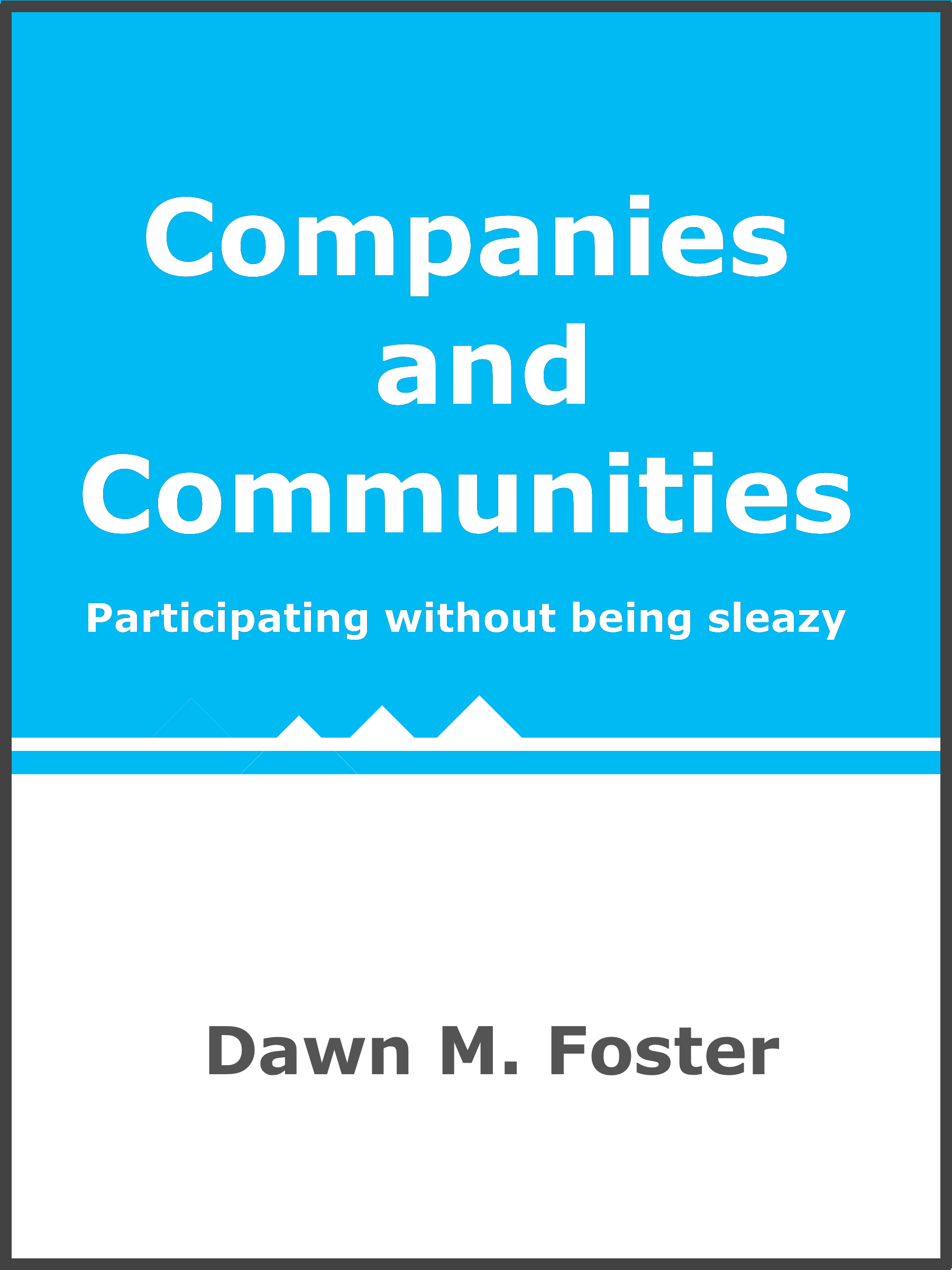When I talk to clients about writing regular blog posts and coming up with a content roadmap, the most common question is this: “How am I going to come up with that many ideas for blog posts?”
People seem to think that only the most brilliant, creative people can consistently come up with new ideas for blog posts. The reality is that there are some tricks for finding good blog content that I wanted to share.
Keep it Short
Blog posts should be more like conversations, not dissertations. The shorter the post, the more likely it is that people will finish reading it and remember the content. You can even break large posts into shorter multi-part posts, which means less writing for you.
Reuse and Recycle
Look within your company for existing content. Documentation, memos, intranet content, emails and other internal content can frequently be repurposed into a blog post for an external audience. Keep your eyes peeled for existing content that you can tweak to quickly make it into a blog post.
Highlight Existing Content
Linking to some existing piece of content is a quick and easy way to make a blog post that people will find useful. This could be a video, webinar, white paper or any other content that your readers would want to see.
React and Participate in the Conversation
When you read content written by other bloggers or in the mainstream press, think about your reaction to what you are reading. Do you agree or disagree, and do you have experiences that relate to the topic? These reactions and information about your related experiences can make great blog posts.
Use Research
When you read industry research or studies that are conducted at your company, think about how you might be able to use the research in a blog post. Post a few pieces of data or your reactions to the research as a blog post.
Quotes and Interviews
This is where you can pass the buck and get other people to write content for you. Ask a co-worker or industry expert a question or two that you can use as all or part of the content for a blog post.
The List Post
Readers respond well to list posts like “the top 3 ways to do X” or “the 5 tools I use for Y”. These can be fairly easy to write, since you don’t need to go into very much detail on each item.
What tips and tricks do you use to come up with blog posts?
Related Fast Wonder Blog posts:
 I’m spending the next 3 days at the Community 2.0 conference, so I wanted to offer a discount for anyone wanting to order
I’m spending the next 3 days at the Community 2.0 conference, so I wanted to offer a discount for anyone wanting to order